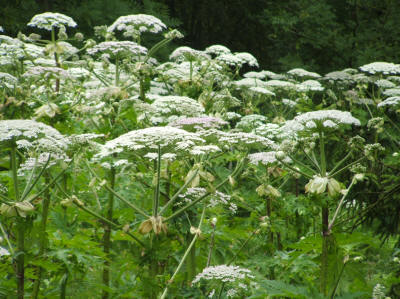
safety information
The Club requires all members to familiarise themselves with the following guidance and advice:-
EMERGENCY EXITS
There are two ways to exit the premises in the event of an emergency: 1. By the exit door in the lounge area. 2. By any of the exit doors in the boat store area. Smoke alarms equipped with emergency lights are fitted in the boat store passageway. The assembly point is by the side wall of the secondary boat store (to the left of the main gate on the way in).
FIRE EXTINGUISHERS
There is a fire extinguisher suitable for use on electrical fires on the wall in the kitchen area. There is also a water-based extinguisher in the social room adjacent to the exit door and by the double doors in the main boat store. In the event of discovering a fire you should shout FIRE to alert other members to the danger, leave by the nearest safe exit and make your way to the assembly point. Only attempt to use the extinguishers to tackle the fire if you are confident in your own ability and there is no element of personal risk.
FIRST AID
There is a first aid kit in the cupboard adjacent to the serving hatch in the lounge area. A list of qualified First Aiders is located on the Safety notice board. An accident book is kept in the same cupboard as the first aid kit and details of all accidents, however minor, should be recorded together with details of any action taken.
EMERGENCY CONTACTS
There is a list of emergency contacts on the lounge wall next to the serving hatch.
WEIL'S DISEASE (Leptospirosis)
Weil's disease is a bacterial infection that is carried in animal urine and can contaminate water and wet river and canal banks. To protect yourself from any risk of infection you should cover any cuts with waterproof plasters before paddling and wash or shower afterwards, especially before eating or drinking. If you start to suffer with flu-like symptoms and persistent headaches after paddling you should seek medical advice. (Click here to read NHS advice)
GIANT HOGWEED

Giant Hogweed is a large and dangerous plant that is found in many places along the banks of the river Medway. Fortunately it is rarely encountered on our part of the river but is extremely prevalent on some downstream sections. Contact with the plant's sap renders the skin extremely sensitive to sunlight and can cause severe and painful blistering (phytophotodermatitis) which can be very slow to heal and may require medical treatment. Symptoms usually occur within 24-48 hours following sunlight exposure. Any sightings of Giant Hogweed should be reported to a committee member as soon as possible.
- bears a close resemblance to native cow parsley and hogweed
- has a reddish purple stem with fine spines that make it appear furry (like a stinging nettle)
- has spotted leaf stalks
- may grow to 3-5m high
- leaves can be up to 1.5m wide
- flowers in June and July
- flower heads are commonly 500mm (0.5m) wide
BLUE/GREEN ALGAE (Cyanobacteria)
During conditions of extended high summer temperature combined with low flow rates the river can be susceptible to blooms of blue/green algae. There are many types of blue/green algae, some of which are capable of producing toxins associated with various, occasionally severe, health problems. The club will post notices advising members when such a danger is present. If you suspect that you have been exposed to blue/green algae toxins e.g. by capsizing in the river when blooms are present and you subsequently experience symptoms of ill health you should seek medical advice.
HYPOTHERMIA
Hypothermia is a danger for anybody capsizing in the river. The danger is obviously more severe during the winter months when the water temperature is rarely much above freezing point. The first priority is to get the individual safely out of the water and back into their boat. If you suspect that someone is suffering from the effects of hypothermia you should accompany them back to the clubhouse as quickly as possible and take appropriate action to raise their body temperature. If you are unsure what to do then wrap the person in warm dry clothing and find a first-aider or seek medical advice immediately.
CLOTHING
Ensure that you wear clothing appropriate to the conditions. In summer a t-shirt and shorts may be sufficient but bear in mind the effects of wind, and remember the sun-screen, a lot of additional sunlight is reflected from the surface of the water. In the winter it is preferable to wear several layers of warm light clothing and a cagoule if necessary to keep out the wind. A woolly hat and paddle mitts are also useful to minimise heat loss. A spraydeck will keep your legs from getting wet and cold. If you are unsure what to wear ask the advice of an experienced paddler and always make sure that you have something dry to change into.